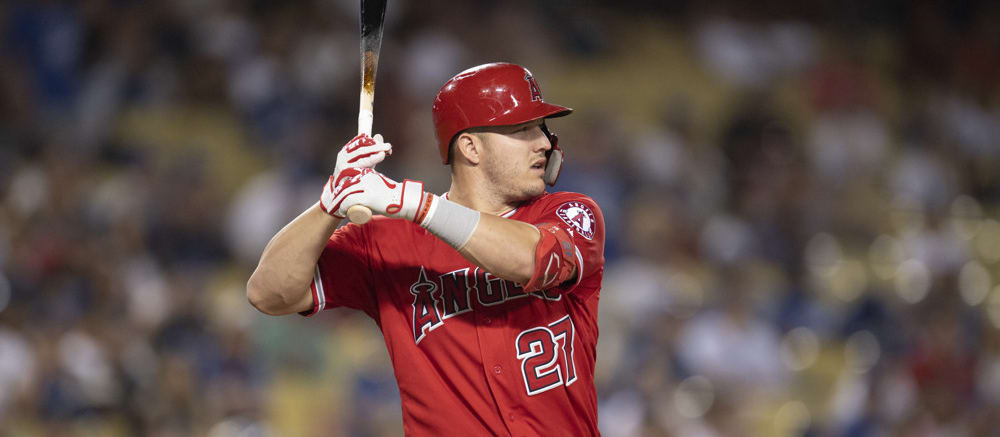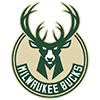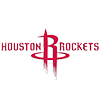Jeff Barton is the owner of Scoresheet Sports, a great baseball simulation game that a number of writers on the RotoWire staff play.
Scoresheet Baseball is a fantasy game where teams play simulated games rather than score points or try to win stat categories. Since we do not assign points for such things as steals, runs scored, RBIs, pitcher wins or saves, those mostly team-dependent stats are not nearly as important in Scoresheet as in Rotisserie style fantasy systems.
In Scoresheet, the most important stats for hitters are on-base and slugging percentage, and for pitchers the most important stat is real life ERA, followed by WHIP. Of course, real-life playing time also factors in — a reliever with just 50 innings pitched all year will not help your team nearly as much as a pitcher with 150 innings assuming their ERAs are at all similar.
Player age matters a lot more if you are playing in a keeper league compared to playing in a single season league. In fact, often in a single-season league the older players are undervalued. Yes, players such as Edwin Encarnacion will not be valuable for multiple years. But in a single-season league all you care about is what he will do in 2020. And if in your league other team owners are going after the young up and comers, you can often get a solid older player at a very good value (in a later round).
For most first-time players, the biggest mistake made when drafting a Scoresheet team is picking players based on their Rotisserie value. Instead, you should draft players based on their real-life value. For hitters, this means how their skills will contribute to a real team's runs scored. For pitchers, it is how their skills will reduce opponent teams' runs scored. Then it is your team and your lineup choices that will determine how many wins, losses and saves they get for your Scoresheet team.
In many ways, drafting a Scoresheet team is simpler than drafting a Rotisserie team. Since real life runs scored and RBIs are not nearly as important as on base percentage and slugging percentage, you do not have to worry about where in a real-life lineup a player might hit — you just need to pick players based on their individual skills. OBP is recognized as the most important stat in real life MLB, and this is true in Scoresheet as well. Yes, "chicks dig the long ball" is a great saying. But getting on base is key. A three-run homer is a lot better than a solo shot. In many ways, "a walk is as good as a hit" is true in baseball, and thus in Scoresheet.
For pitchers there are a couple of things to keep in mind. As said above, it is not a pitcher's real-life number of wins and saves that matter. Instead, it is their individual stats such as ERA and WHIP. You can use any pitcher as a closer in Scoresheet — they do not have to earn saves in real life to close for you. So chasing saves is not necessary. Also, real life middle relievers are a lot more important in Scoresheet than in Rotisserie. Just like real baseball, with starters generally going five to seven innings at most, you need to have pitchers to get you from your starter to your closer. Having a bullpen that protects a lead in those middle innings is key in the majors, and also in Scoresheet.
One other difference is that we use fielding stats in Scoresheet. Players' weekly number of errors in the majors are used to determine how many errors they make each week in Scoresheet. We also use player fielding ranges, which impact the number of hits given up by your pitchers. A great fielder like Matt Chapman will occasionally replace a hit with an out in both real life and in Scoresheet. Each player's range for the upcoming season is given on the player lists, and errors and ranges should factor in at least a little bit when drafting hitters.
We also allow platooning. You turn in one lineup for facing a right-handed starting pitcher and a different lineup for a left-handed starting pitcher. So if you find the draft is moving along and all of the "top" first basemen are already taken, you can try to put together pretty good production by drafting a right-handed first baseman and a left-handed first baseman, as platooning players will give you the same benefit that platooning a player does in the majors.
Regarding projecting what players will do in the upcoming 2020 season, using a player's individual stat projections, such as shown for players on RotoWire, is fine. But Average Draft Position given on various sites should be taken with a large grain of salt (even ignored?) as far as Scoresheet goes, since often a player with a lot of steals, or saves, is taken far higher in a category game than their true baseball worth warrants. The simple rule is to draft players just as you would if you were putting together a real-life major league team.
More complete rules and explanations can be found on Scoresheet's web site at:



























